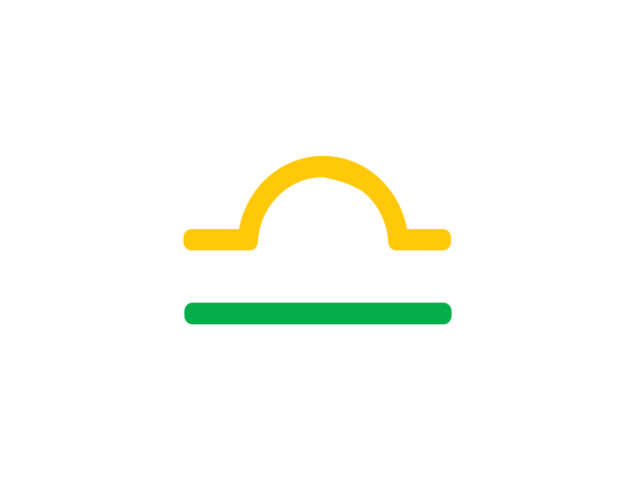 I just returned from Kidscreen Summit and its new digital offspring iKids, where I had the rare opportunity to participate in a platform diving competition.
I just returned from Kidscreen Summit and its new digital offspring iKids, where I had the rare opportunity to participate in a platform diving competition.
OK – that makes me sound way cooler than I actually am.
By platform I’m referring to software on a mobile device, and by diving I’m referring to launch strategy. But entering the children’s app space can be scarier than plunging headfirst off of a 10-meter plank into a body of water, so the analogy stands.
Regardless, I did moderate a panel called platform diving, which included a well-rounded group representing different sectors of the industry. Our two best in class developers included Layla Masri, who created the SuperWhy and Fancy Nancy Apps, and Brian Burke who we can thank for bringing Pat the Bunny to the iPad. Disney’s Courtnee Westendorf recently made some birds very angry with the uber-successful launch of Where’s My Water. And the wonderful Kevin O’Connor, who heads up children’s content for the increasingly popular Barnes & Noble Nook, rounded out our panel.
Our overall mission was to evaluate mobile platforms and guide kids brand owners on where they should be putting development dollars in the app space. Not surprisingly, there were two main competitors in our little platform diving competition: iOS and Android. Although we had a mere 45 minutes to tackle what could be discussed for hours, below is a summary of where we netted out:
PLATFORM MARKET: What is the current state of the market? Is iOS or Android more popular in the app space?
While a year ago this would have been an easy question, a slew of Android tablets have entered the market making this an increasingly difficult debate. There are numerous metrics you can use to compare the two platforms, and third party estimates are confusing this already difficult comparison. Android is activating more units, but Apple has more devices in the field. Android overtook iOS in downloads, but iOS apps are more profitable. Android is more popular with developers but the Apple devices win with kids. So, which is more popular? Well, the short answer is it depends how you define popular.
Ø And the winner is … tie.
PLATFORM DIFFERENCES: What are the key differences between the platforms, and what does a brand owner need to consider?
Not surprisingly, the key consideration raised by panelists was Android’s diversity and fragmentation as compared to iOS, which can be both advantageous and simultaneously present extraordinary difficulties. Android offers multiple hardware platforms, which come with multiple capabilities, limitations, and marketplaces. Although Android presents more options and flexibility, development on Android can be a lot more frustrating and costly, so unless you have a niche product that you want to target to a specific Android device (such as the Nook), panelists agreed that iOS makes for an easier start.
Ø And the winner is… iOS.
PROFITABILITY: What kinds of apps are most profitable? Are there differences between the platforms in terms of profitability?
Due to the aforementioned fragmentation, Android costs far more to develop/QA for than iOS, and anecdotally Apple’s customers seem to be willing to spend more on a whole. As a result, developers across the board are currently more profitable on Apple. That being said, as I’ve discussed before (see our new iLearn Report), profitability in the children’s app space is a huge issue, and eBooks seem to be able to thrive at higher price points while being simultaneously less expensive to develop.
Ø And the winner is … eBooks on either platform.
MARKETING & MAINTENANCE: How does a brand owner market in the app space, and is this easier on one of the platforms?
You can develop a great app, but if no one knows about it that’s not going to matter. There are numerous marketing strategies, which I hope to blog about in the coming weeks, but in terms of our platform diving, there was consensus amongst panelists. You can’t rely on Apple (or Google) to market for you. On either platform it is fundamentally important to market and update your app, and take on that responsibility as part of your launch plan (and budget).
Ø And the winner is … Tie.
THE OVERALL WINNER: As a final question, I asked panelists the following question: If you owned a kids brand and had limited funds to start with development for only one mobile platform, which would it be and why? Their answers: iOS, iOS, Android for Nook (one guess who gave that answer), and iOS.
Well, there you have it. I think these answers actually provide a nice perspective on the market for children’s apps. The truth is, it’s easier to dive into iOS, and the Apple devices are currently most popular with kids, so The App Store is a reasonable place to start. However, if your app lends itself nicely to a specific device that operates on the Android platform, it can be easier to differentiate within one specific market. And remember, the pace of change in this space is unprecedented, so sometimes the best you can do is close your eyes and jump.
ØAnd the ultimate winner is… iOS. For now.




